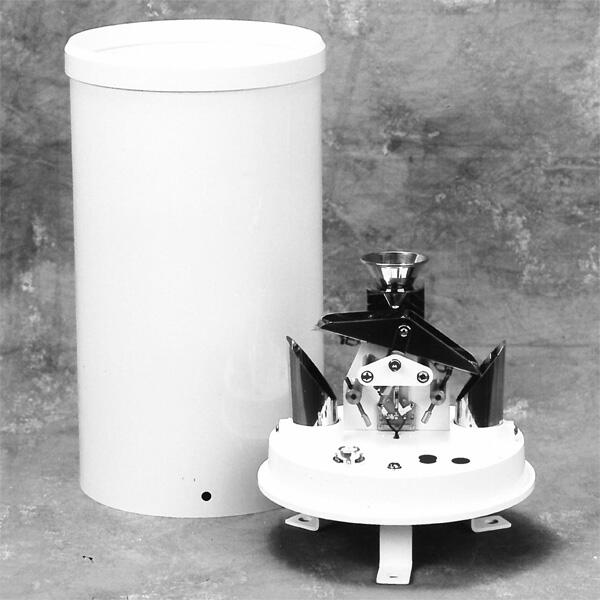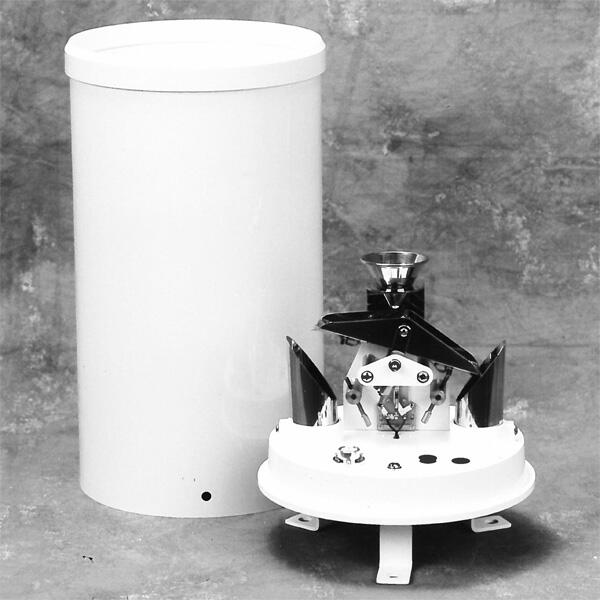
# Rain Gauge Uses in Weather Monitoring and Water Resource Management
Rain gauges are essential tools in meteorology and hydrology, providing critical data for weather monitoring and water resource management. These instruments measure the amount of precipitation over a specific period, enabling scientists, farmers, and policymakers to make informed decisions. Below, we explore the various uses of rain gauges and their significance in different fields.
## Weather Monitoring
One of the primary uses of rain gauges is in weather monitoring. Accurate precipitation data is vital for forecasting weather patterns, predicting storms, and understanding climate trends. Meteorologists rely on rain gauges to collect real-time data, which is then used to create weather models and issue warnings for severe weather events such as floods or droughts.
### Types of Rain Gauges in Weather Monitoring
There are several types of rain gauges used in weather monitoring, including:
– Standard Rain Gauges: These are simple cylindrical containers that collect rainwater, which is then measured manually.
– Tipping Bucket Rain Gauges: These gauges use a mechanical system to record rainfall by tipping when a certain amount of water is collected.
– Weighing Rain Gauges: These measure precipitation by weighing the collected water, providing highly accurate data.
## Water Resource Management
Rain gauges also play a crucial role in water resource management. By tracking precipitation levels, hydrologists can assess water availability, plan irrigation schedules, and manage reservoirs effectively. This data is particularly important in regions prone to water scarcity, where every drop of rainfall must be accounted for.
### Applications in Agriculture
Farmers depend on rain gauge data to optimize irrigation and crop management. Knowing the exact amount of rainfall helps them determine when to water crops, reducing water waste and improving yields. Additionally, long-term precipitation records assist in selecting crops that are best suited to the local climate.
### Urban Planning and Flood Control
In urban areas, rain gauges are used to design drainage systems and prevent flooding. By analyzing rainfall patterns, engineers can create infrastructure that efficiently manages stormwater, reducing the risk of property damage and ensuring public safety.
## Conclusion
Rain gauges are indispensable tools for both weather monitoring and water resource management. Their ability to provide precise precipitation data makes them invaluable in fields ranging from agriculture to urban planning. As climate change continues to impact weather patterns, the importance of rain gauges in understanding and adapting to these changes will only grow.
Keyword: rain gauge uses
